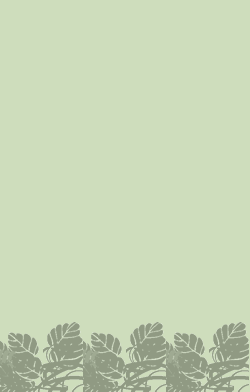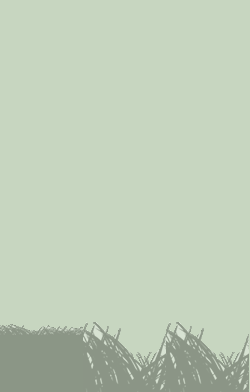Angiosperms

Sal Tree
Shorea robusta


2 POINTS
TERAI, HILL
FACT: In Nepal, the leaves of the Sal tree are used to make local plates and vessels called “tapari”, “doona”, and “bota” in which rice and curry is served.

Nepalese Fig
Ficus sarmentosa


4 POINTS
HILL
FACT: The nepal fig is an edible fruit that is native to China, Eastern Asia, Indian Subcontinent and Indo-China region.

Bamboo
Bambusoideae


2 POINTS
TERAI
FACT: Bamboo is one of the fastest growing plants at 1 inch per 40 minutes or 1 mm every 90 seconds.

Phragmites | INVASIVE SPECIES
Phragmites australis
Play: Place this card on any terrestrial or grassland plant species, excluding trees.
Effect: The plant species must immediately be removed. You may leave this card on the table to show this space is invaded by phragmites, and no other terrestrial or grassland plant (excluding trees) may be played here.

Granadilla
Passiflora ligularis


3 POINTS
Dato: ¿Quién no ha jugado a abrir una granadilla pegándose con ella en la cabeza? Originaria de los Andes tropicales la granadilla es cultivada desde México hasta Argentina, siendo Colombia el principal productor en el mundo.

Arctic Poppy
Papaver radicatum


2 POINTS
FACT: The flowers of the Arctic poppy fol- lows the sun’s movement across the sky. In this way it increases the temperature inside the flower creating an attractive microclimate for insects seeking warmth.